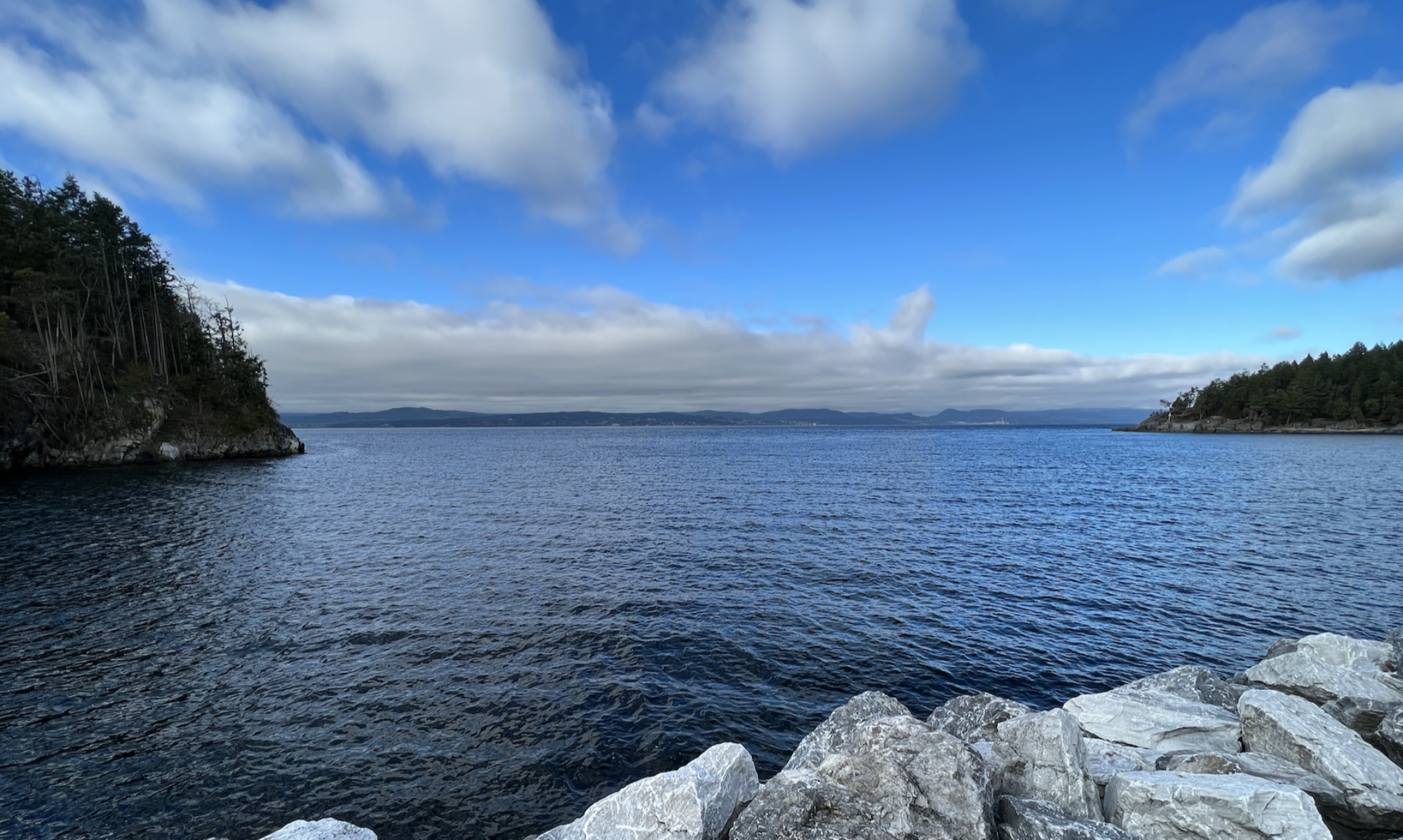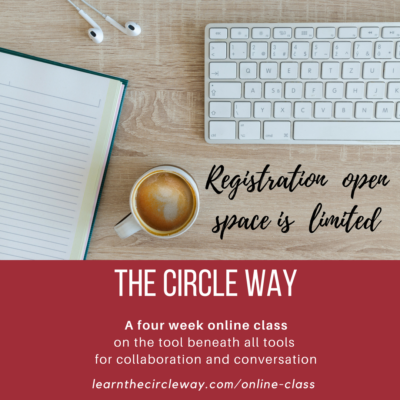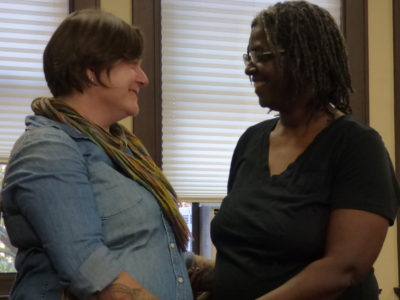Lately I’ve been witnessing a more intense layer of trauma in people I meet, and in groups that I convene. Not real time stuff — the meeting room hasn’t been on fire. But rather, buried trauma — the kind that is lingering beneath the surface of both the individual and collective psyche. The latter shows up as everything from shut down to strong reactions (fight, flight, freeze, appease). There are good people doing good direct work with trauma. Teresa Posakony is one of them. For several years now, she has been prompting the question and inquiry about trauma-informed care, education, and convening of groups.
Trauma continues to interest me, to be relevant. It seems that what is surfacing isn’t new, but there are either more invitations or provocations that are triggering what has been beneath the visible layers for some time. Personal traumas of violence or abuse. Historical traumas of colonization and inequity. Contemporary traumas of complexity and polarization. I don’t think of my work as dealing directly with trauma, though there was a time when my career aspirations were pointing more toward psychology and counseling. I do think of my work as creating healthy containers for authentic wonder, witnessing, and imagination on behalf of so much of what we humans care about in the world.
Where I am encountering some simple steps about what to do with trauma (I do believe there is some trauma in all of us, whether through direct experience, genetic memory, or associative proximity), are through two encouragements. One is developing a “self care plan.” I learned more of this through a participant at a recent gathering who was significantly traumatized yet masterfully skillful with her self care plan. She shared that it included steps like — breath, get outside, touch the ground, move her body, shake, listen to a select set of music. All good stuff, and personalized for her. “Informed,” as Teresa says. Doesn’t deny or further bury the trauma. Doesn’t default to hijacked debilitation (though, it’s trauma — this will happen sometimes).
In the language of The Circle Way, and from the components wheel that helps strengthen the container that is circle, my friend Amanda Fenton reminds me that a self care plan is very much about personal preparation. Whether is it being aware of ones own trauma, or being able to offer a helpful ground if others are experiencing a trauma. To be clear, my approach to The Circle Way is about tending fiercely and kindly to the quality of the center that we connect ourselves to. As it pertains to trauma (unless a specifically intended circle to speak to trauma), I encourage people to spoke there energy and attention into the resting place that is between all of us. That uniqueness of circle is a kind of self care.
Another friend from The Circle Way, reminded me recently of the importance of making friends with our own and other’s anxieties. She was reflecting on a book by Marvin Weisbord and Sandra Janoff. Yes, making friends will always matter. It’s not about being perfect, or even knowing exactly what to do. But it is about being in relationship with our traumas, our anxieties, our chaos, and the learning that can uniquely come from them, right?
Best done with friends and good containers.


